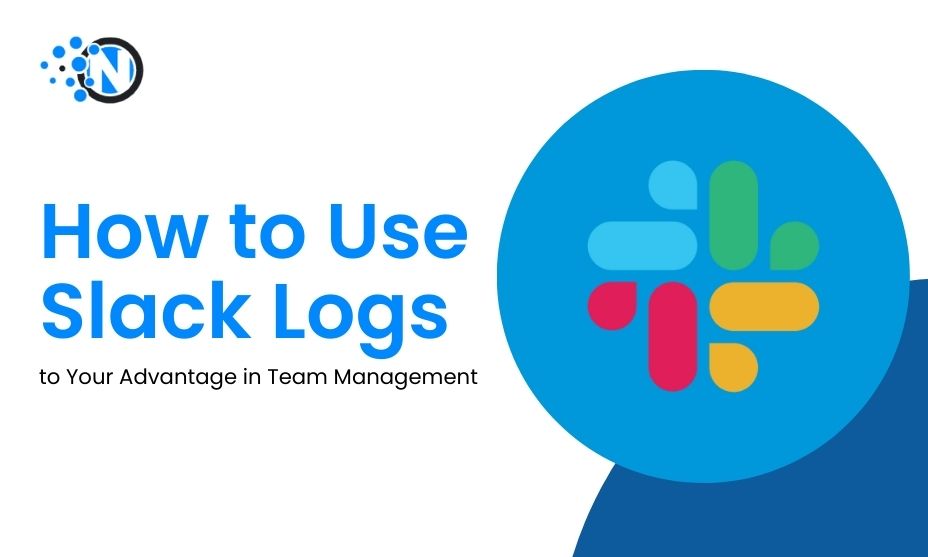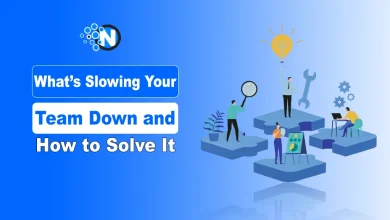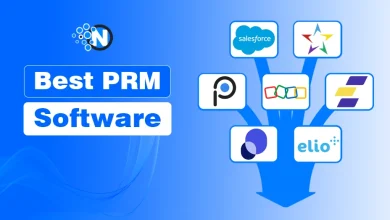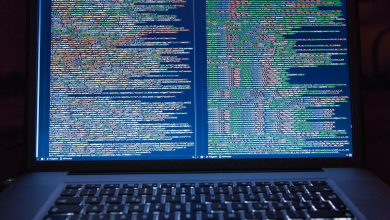How to Use Slack Logs to Your Advantage in Team Management

Since its inauguration in 2013, Slack has been changing the business communication landscape. Known for its real-time messaging and organized communication in teams, Slack also keeps extensive logs of all interactions. These logs provide a goldmine of information that, when utilized effectively, can profoundly impact team management endeavours.
This blog post aims to shed light on maximizing the benefits of Slack logs in managing your teams.
Decoding Slack Logs
Before diving into its usage, it’s essential to understand what Slack logs are and how they operate. Slack logs are chronological, timestamped records of your team’s workspace activities. This includes every message, comment, upload, reaction, and change in settings, summarized in one place.
Slack administrators can access these data-rich logs across public and private channels, making them a critical resource for evaluating team dynamics.

Leveraging Slack Logs for Effective Team Management
Here’s how to use Slack logs to enhance your team management process.
Foster Accountability
Slack logs encourage a culture of accountability in the workplace. With comprehensive records of each team member’s inputs, from group threads to direct messages, having these logs available means fewer instances of misunderstanding or miscommunication. For example, if a team member claims not to have received a message, the truth can be verified using the Slack logs. This encourage team members to be more responsible, promoting transparency and trust.
Strengthen Productivity Analysis
Data from Slack logs can also provide valuable insights into your team’s productivity. Managers can analyze team communication patterns and monitor active hours, frequency of interactions, and response timings, serving as robust indicators of the team’s engagement levels. Identifying these trends can help optimize team communication and, in turn, improve productivity.
Performance Evaluation
When it comes to performance evaluations, Slack logs can provide critical insights. It does not only capture the quantity of input from each member but also the quality of their work and how they interact with their colleagues. An in-depth review of a team member’s activity, from their problem-solving skills, responsiveness, and involvement in projects, can all be gleaned from their Slack interactions.
Resolve Conflicts
Another way to utilize Slack logs is in conflict resolution. A detailed record of communications provides the context needed to mediate and resolve conflicts effectively. Managers can trace back to the root of an issue when misunderstandings arise. By retaining an impartial record of events, Slack logs can assist in conflict resolution, ensuring fairness and transparency.
Privacy Considerations
Despite numerous advantages, it’s crucial to recognize the fine line between monitoring and surveillance. Managers must ethically employ the data collected from Slack logs, respecting team members’ privacy. Instead of micromanagement, the focus should be on high-level insights that can help promote a more collaborative, efficient, and inclusive workspace.

Identifying Collaboration Patterns:
Analyzing Slack logs allows managers to identify collaboration patterns within the team. This includes understanding which team members frequently collaborate, the nature of their collaborations, and whether any communication gaps need to be addressed.
Tracking Project Progress:
Slack logs can serve as a timeline for project progress. By reviewing the messages and uploads related to specific projects, managers can gauge the pace of work, identify potential bottlenecks, and ensure that the team is aligned with project timelines and goals.
Recognizing Emerging Leaders:
Monitoring interactions in Slack can help identify emerging leaders within the team. It might reveal team members who actively contribute valuable ideas, assist others, or take initiative in driving projects. Recognizing and nurturing these leaders can contribute to a more dynamic and effective team.
Improving Communication Strategies:
Managers can tailor communication strategies by reviewing communication styles and preferences within the team. For instance, some team members may prefer direct messages for quick queries, while others may thrive in group discussions. Adapting communication methods based on Slack logs can enhance overall team communication.
Enhancing Onboarding Processes:
For new team members, Slack logs can be a valuable resource for understanding team dynamics, ongoing projects, and historical conversations. This can facilitate a smoother onboarding process and help newcomers integrate into the team more efficiently.
Monitoring Team Morale:
Slack logs can offer insights into the emotional tone of team interactions. Monitoring emojis, reactions, and language can help gauge team morale. A sudden shift in communication patterns might signal potential issues, allowing managers to address concerns and maintain a positive team environment proactively.
Integration with Analytics Tools:
Consider integrating Slack logs with analytics tools to derive even more sophisticated insights. This could involve using data visualization tools to create dashboards highlighting key performance indicators, communication trends, and other relevant metrics, providing a holistic view of team dynamics.
Encouraging Knowledge Sharing:
Identify knowledge gaps within the team by examining Slack conversations. Encourage team members to share insights, solutions, and best practices in Slack channels, fostering a culture of continuous learning and knowledge sharing.
Remember, the key to effectively using Slack logs is a balanced approach that values transparency, collaboration, and privacy. Regularly revisiting and adapting your strategy based on your team’s evolving needs will ensure that you make the most of this powerful tool for team management.
Wrapping Up
In conclusion, Slack logs offer a wealth of information that can be harnessed to elevate team management practices to new heights. By fostering accountability, strengthening productivity analysis, aiding in performance evaluations, resolving conflicts, and considering additional factors like collaboration patterns and emerging leaders, Slack logs become a multifaceted tool for team optimization.
However, utilising Slack logs comes with a responsibility to balance insights with privacy considerations. Managers must tread the fine line between monitoring and respecting individual privacy, ensuring that the focus remains on promoting a collaborative, efficient, and inclusive workspace rather than descending into unwarranted surveillance.
As team dynamics evolve, so should the approach to using Slack logs. Regularly reassessing strategies, integrating analytics tools, and adapting communication methods based on the team’s changing needs will ensure that Slack logs remain a powerful ally in achieving and sustaining a high-performing and harmonious work environment, whether teams operate in a remote or in-office setting.




